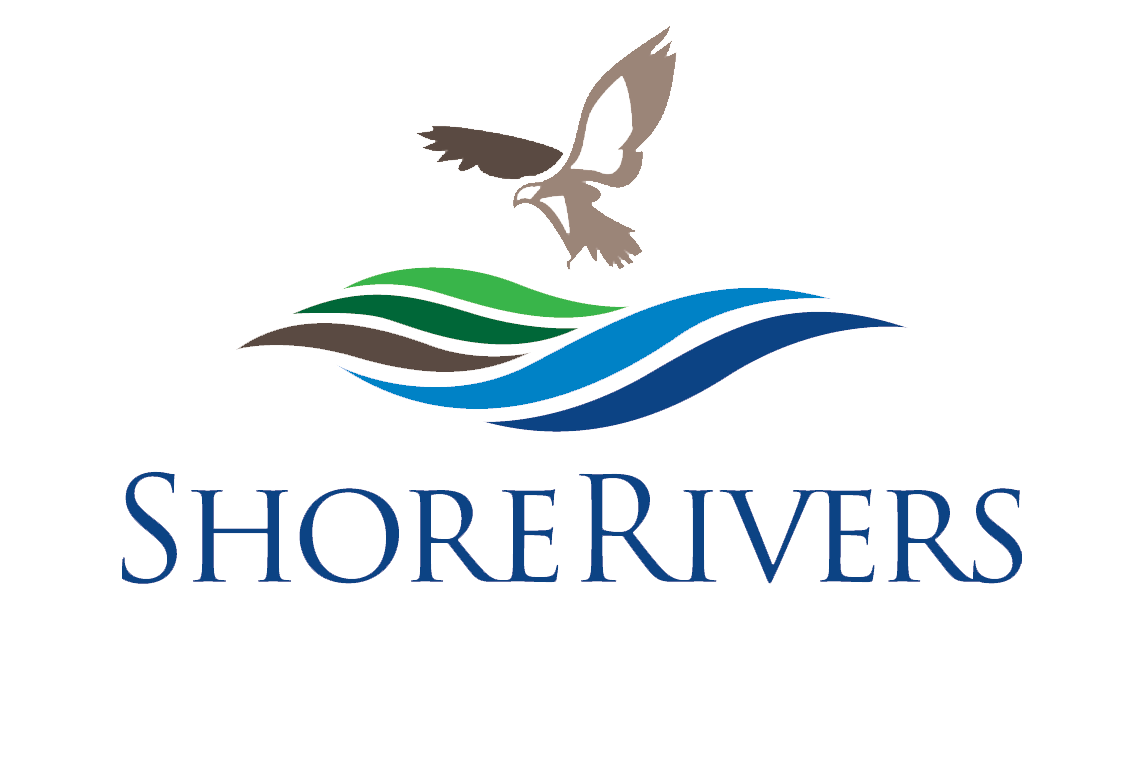On April 26, 2022, the Queen Anne’s County Commissioners voted to terminate the public easement to a pier at Gibson’s Grant on Kent Island, ending public water access at the pier. Closing public access is not in the best interest of our county’s residents, and it will set a dangerous precedent for future development projects if contingencies, like this public access point, can be reversed.
It is common practice in planning and zoning departments to require proposed developments to set aside land for public parks or conservation easements. This helps create a balance of private and public property, of developed lands and natural spaces—ensuring that people from all socioeconomic backgrounds have access to our shared natural resources. The public pier at Gibson’s Grant was a contingency for the approval of the development and as such should have remained intact. Access to our waterways should not be restricted to waterfront homeowners. There needs to be adequate access for all communities to reach our rivers.
The request to terminate came from the Gibson’s Grant Homeowners Association (HOA), closing off fishing access to the many community members who used the pier, primarily for sustenance fishing. The feedback I have heard is that the HOA members were unhappy with the increased number of visitors to the pier. Sparked by the pandemic, statewide park visitation jumped by tens of thousands in 2020 and 2021 compared to 2019, and these numbers remain high. People are using our natural resources more, and this is a good thing: visiting parks and waterways fuels a love of our environment and inspires stewardship.
We should be celebrating this increase in enjoyment of our outdoor spaces, not reducing the public’s access. ShoreRivers opposes the recent termination of the public access easement at Gibson’s Grant, and would like to know specifically how the Commissioners plan to address the community’s need for increased public access in the future.
The Gibson’s Grant termination request first appeared on the Commissioners’ agenda as “new business” for the April 26 meeting. On the night of the meeting, there was no presentation or appeal made by the HOA, nor were there any questions or debate from the Commissioners before they voted to terminate the easement. At the last moment, the agenda item was moved from its advertised 6:15 PM time slot to the very beginning of the meeting. It seems clear that the decision to approve this petition happened behind closed doors well before the public Commissioners’ meeting. In 2020, a similar petition was submitted by the HOA and was denied by the Planning Commission, so why now did the Commissioners vote to end public access unanimously and without deliberation?
Public access to Queen Anne’s County’s natural resources, including its waterways, is intrinsic to promoting commerce, tourism, and quality of life for every resident. Access also fosters a deeper respect for natural resources that lie at the heart of the Queen Anne’s Community Vision of “being a great place to live.” During the public comment phases of the recent Comprehensive Plan revision, a 2-year process spearheaded by the consulting firm Wallace Montgomery, it became clear that public access and land preservation for recreational opportunities are the overwhelming priority for County residents. 75.9% of community participants ranked the natural environment and open space preservation as priority considerations related to future development (2022 Comp Plan draft. Environmental Resources, Figure 5.3, PlanQAC2021).
We implore the Commissioners of Queen Anne’s County to work for a county vision in which development does not impair the quality of life enjoyed by all, and sets the example for a community that protects the expectations and opportunities of all of its members. Public access to nature brings invaluable rewards to human health and community life. If access also brings challenges, we can and must address those challenges, not restrict the right to that access.
Click here to find out more about our work on public access and public health information on our rivers.
Annie Richards
Chester Riverkeeper

